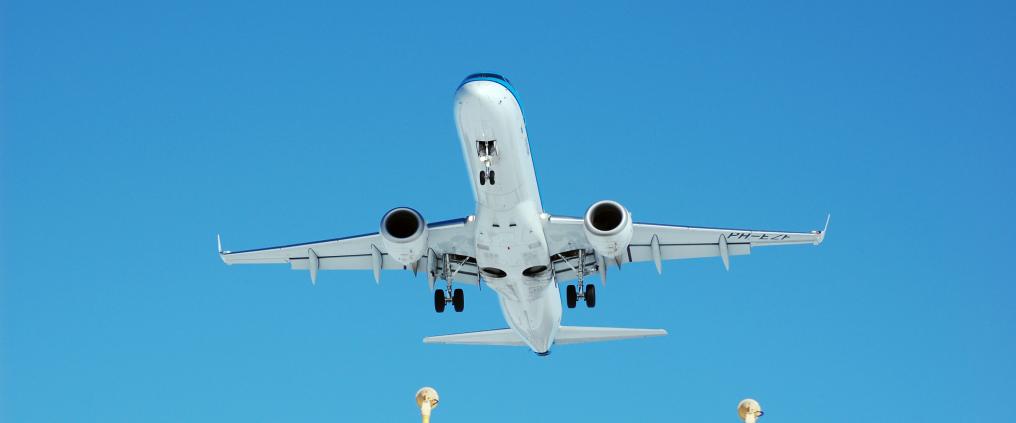It’s English, but perhaps not as you typically know it. From the terms used by those working in airports and airlines to the way pilots communicate with air traffic controllers, English as spoken in the aviation industry is its own language. This series begins with a look back on the early days of the International Civil Aviation Organization as well as a rundown of some basic ICAO terms.
In 1944, the Convention on International Civil Aviation – also known as the Chicago Convention – established the International Civil Aviation Organization (ICAO). The ICAO came into being in 1947 and this UN specialized agency based in Montreal, Canada, has since been working with member states and industry groups to coordinate and regulate international air travel.
In 1951, it recommended to the Chicago Convention that English be the de facto international language for aviation communications. At the time, the US and UK – majority Anglophone countries – manufactured and operated the most of the world’s aircraft.
Before World War II, relatively empty skies meant that clear and precise communication in aviation was not a major concern. As commercial flights became more popular, however, a common language between flight crews and controllers became necessary for safety. ICAO then advised all airports and routes to operate in their native tongue, but to have English available for international flights.
Aside from coming up with a special vocabulary – including airport codes – that all international pilots and air traffic controllers must learn, ICAO also states how numbers and letters of the alphabet should be pronounced.
In addition, ICAO also has its own glossary with main terms used in civil aviation statistics by both commercial air carriers and airports. Have you heard any of these?
Code sharing. The use of the flight designator code of one air carrier on a service performed by a second air carrier, which service is usually also identified (and may be required to be identified) as a service of, and being performed by, the second air carrier.
What it means: This term describes an arrangement where one airline sells seats (the marketing carrier) on a flight operated by another airline (the operating carrier). This is particularly common within airline alliances, such as Star Alliance, Oneworld and SkyTeam.
Joint service flight. A flight identified by the designator codes of two air carriers that, with the concurrence of their respective States, typically have agreed with each other to share revenues and/or costs.
What it means: This refers to the coordination of products and services between two airlines in a particular market. These include scheduling, marketing, sales, freight and customer service activities and usually require regulatory approval. An example would be the partnership between Emirates and Qantas for the Europe-Australia market.
Low cost carrier. An air carrier that has a relatively low-cost structure in comparison with other comparable carriers and offers low fares and rates. Such an airline may be independent, the division or subsidiary of a major network airline or, in some instances, the ex-charter arm of an airline group.
What it means: Some of the LCCs in Europe include Vueling, Blue Air, flybe and Norweigan Air Shuttle. ICAO’s list of LCCs can be found here.



